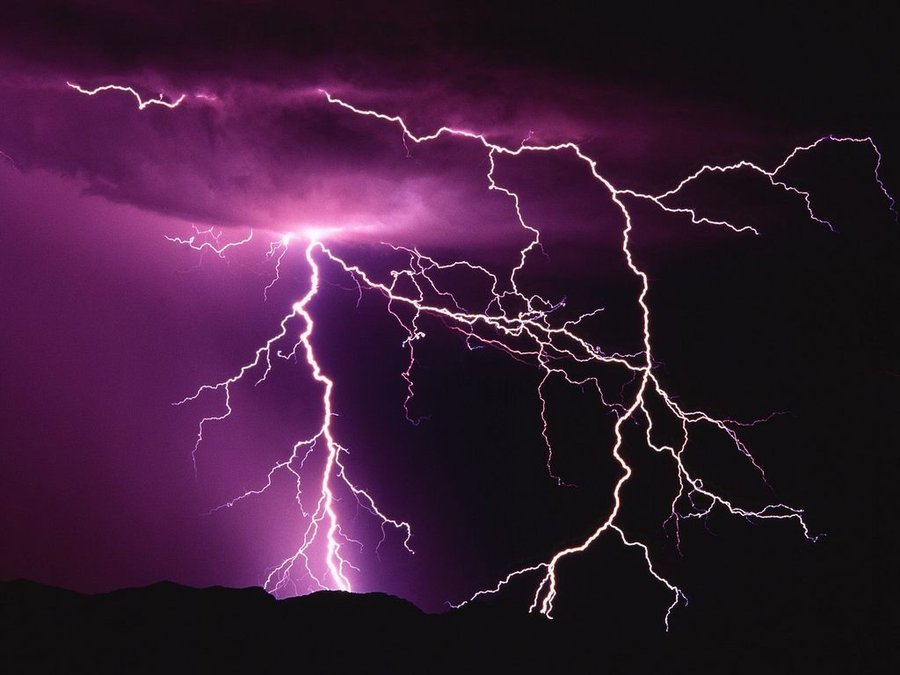Scientists working at a US military base outside Gainesville, Florida have advanced our understanding of the energetics of lightning by taking acoustic measurements during thunderstorms. The details of the study were presented at the 2015 Joint Assembly in Canada by atmospheric scientist Maher Dayeh of the Southwest Research Institute in San Antonio.
Lightning is caused by charges building up between clouds, or between clouds and the ground. Microscopic ice particle collisions cause thunderclouds to become ionised, and because insulating air currents keep the charges separate, they are usually prevented from returning to electrostatic equilibrium. However, sometimes a pathway of ionised air molecules is able to form and this causes a lightning bolt. When the lightning forms it heats the surrounding air, and the resulting sound is thunder.
At the International Center for Lightning Research and Testing, Dayeh and colleagues triggered lightning strikes by shooting rockets into the sky during naturally occurring thunderstorms. They then used a series of 15 advanced microphones to take detailed images of the resultant acoustic energy as the bolt made multiple connections with the ground. As well as providing data on how much energy radiates from lightning, and at which frequencies, the experiment also revealed that the peak energy output occurs when the lightning channel attaches to the earth.
Previously, thunder has been studied using techniques such as ranging, where microphones spread over a large area are used to accurately locate sources of sound, but this latest study has produced the most detailed images to date. Since artificial lightning tends to move in straight lines, one way to advance on this research would be to manufacture lightning in zigzag patterns to more closely mirror those occurring in nature and to investigate how energy flows along the different branches.